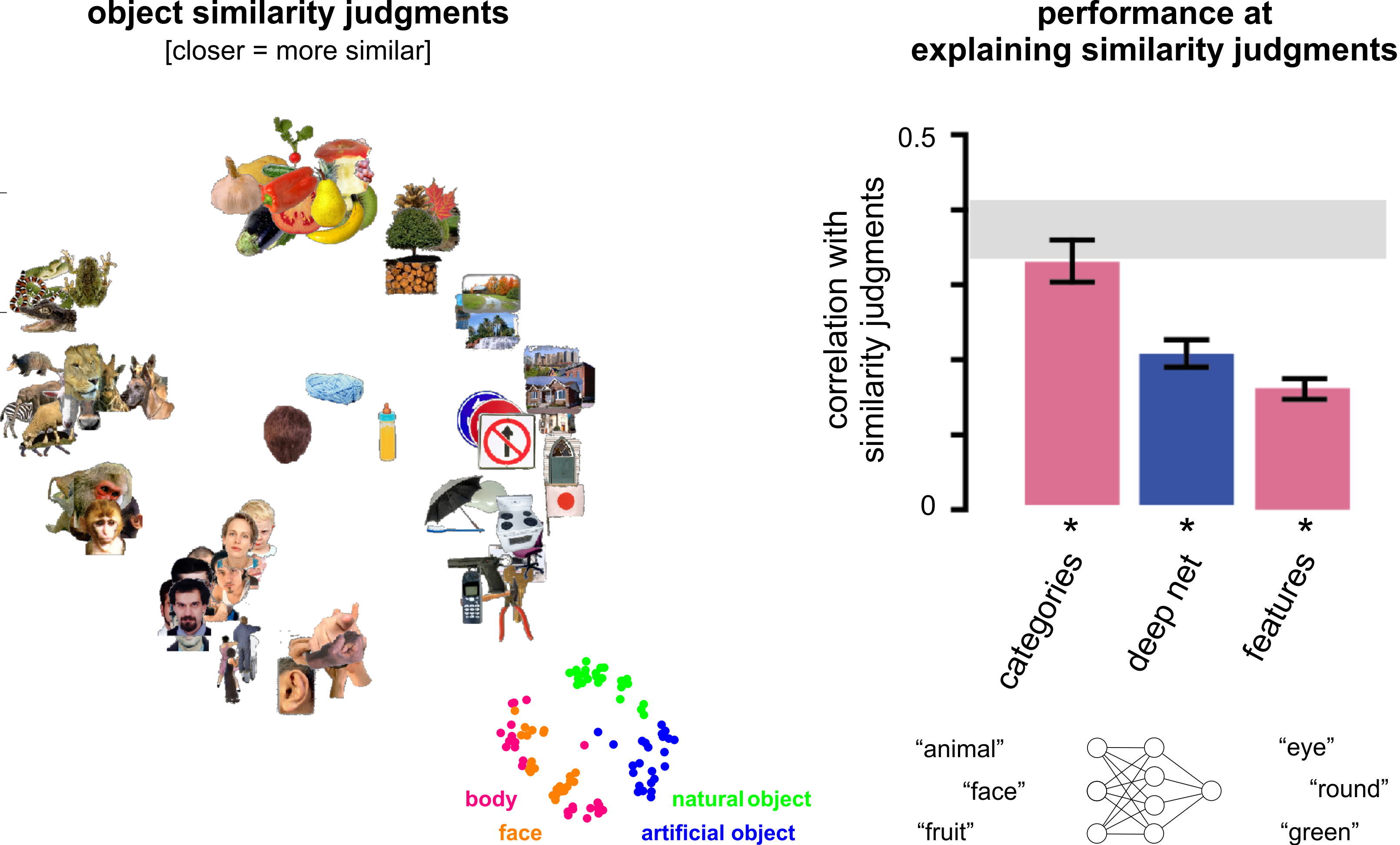The lab is soliciting postdoctoral applicants to Western’s prestigious BrainsCAN postdoctoral fellowship program. Applicants should have a background in cognitive neuroscience, and expertise in programming and analysis of fMRI or EEG/MEG data. A background in computer science or engineering may also be suitable, given that the applicant has experience with neuroimaging data analysis and a keen interest in understanding human brain function.
The successful applicant will play a key role in neuroimaging and computational investigations of visual cognition. They will enjoy working as part of an interdisciplinary team and be able to mentor members of the lab. Furthermore, they will join the Brain and Mind Institute (BMI), which is one of the leading centres in cognitive neuroscience in Canada. The BMI hosts a full range of ultra-high field, research-dedicated MRI scanners and state-of-the-art research facilities for cognitive, behavioural, and neurophysiological testing.
Dr. Mur and the applicant will develop the proposal together, in conjunction with other labs at Western. Please contact Dr. Mur in the first instance about developing an application (mmur@uwo.ca). Send a detailed CV and cover letter explaining why the research in the lab interests you, and how your skills and abilities are suitable.
Review of applicants will start by March 31, 2019. The deadline for submitting the final proposal is May 15, 2019. In brief, applicants must be no more than 6 years post-PhD and the salaries are highly competitive (55-70K per year, CDN, with additional benefits). The proposed research should fit within the broad BrainsCAN remit, which covers research that addresses fundamental questions regarding how we learn, think, move, and communicate.

